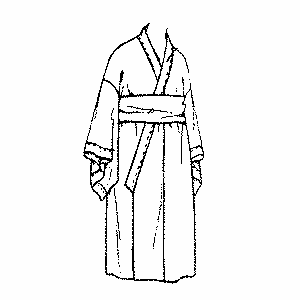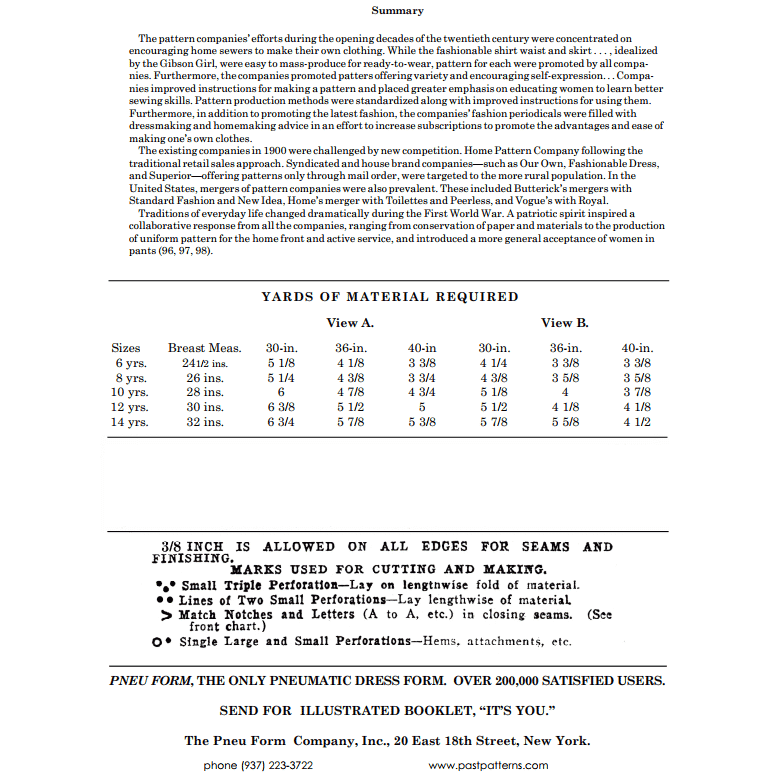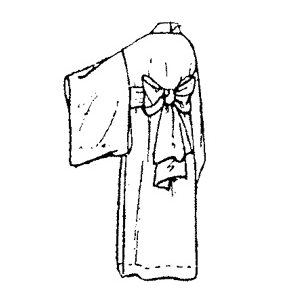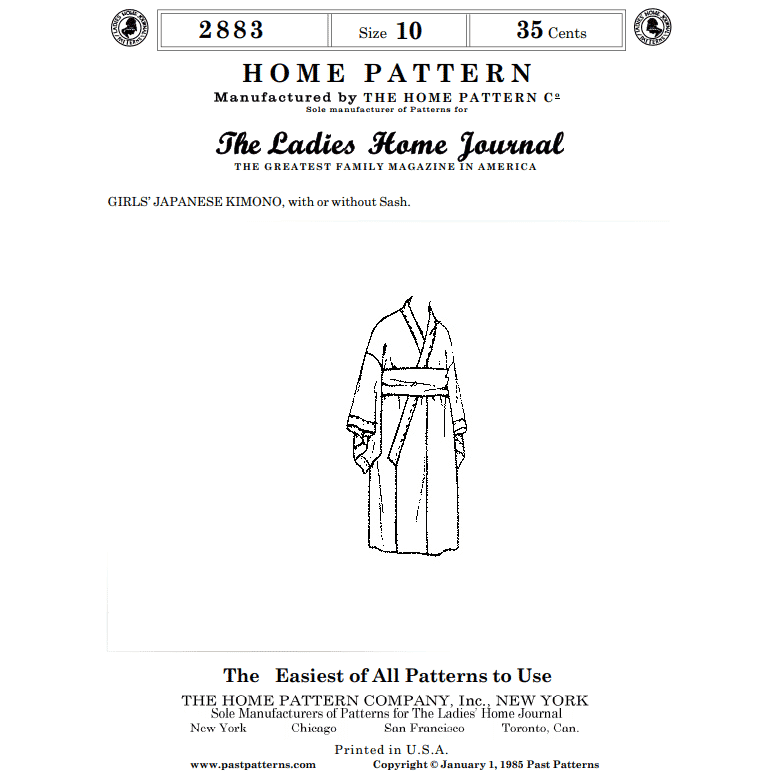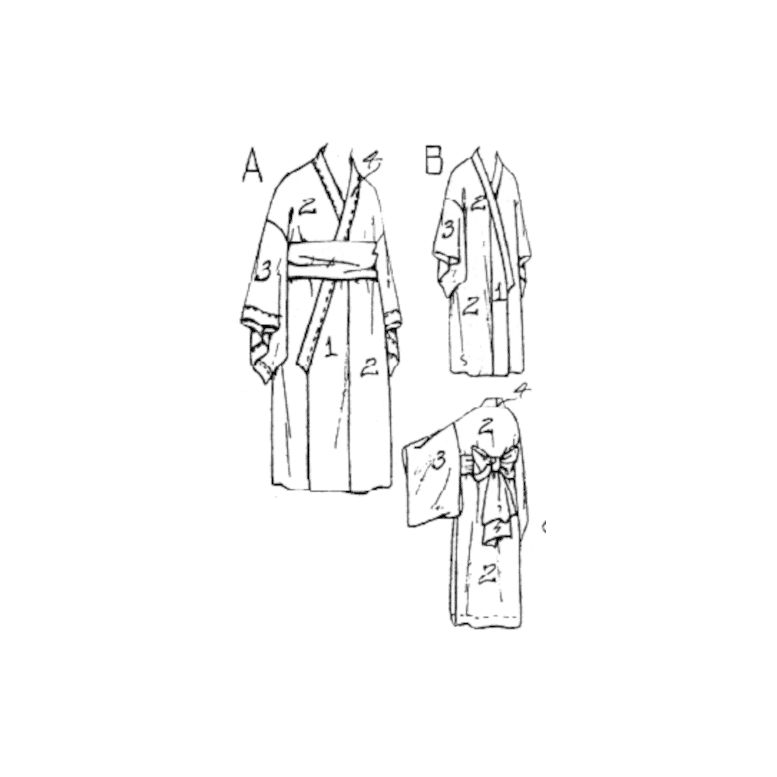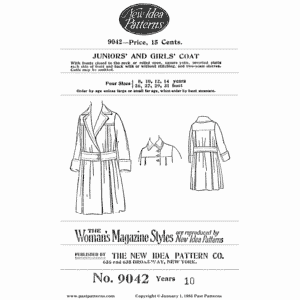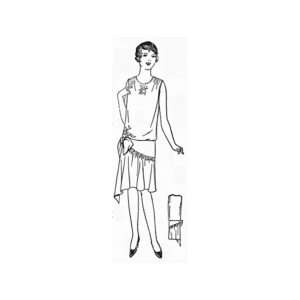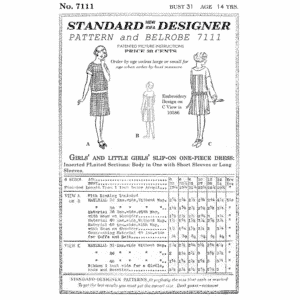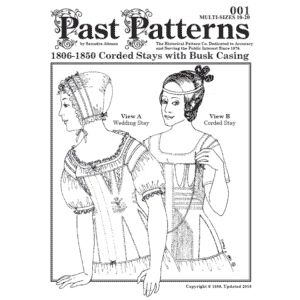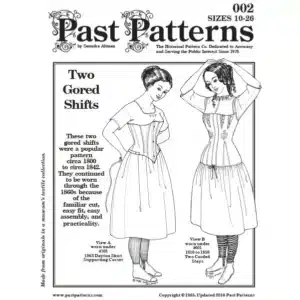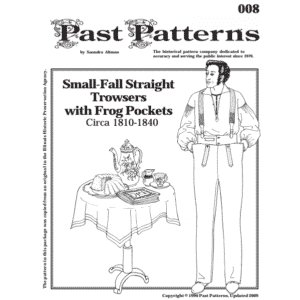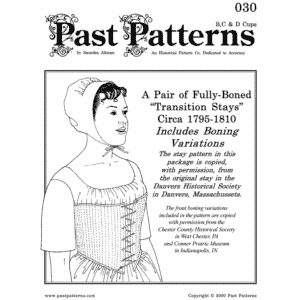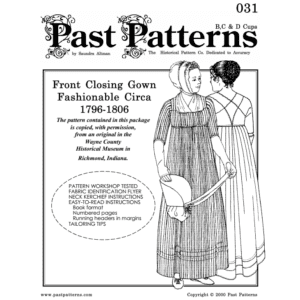1920s Japanese Kimono Downloads | Girls Size 10 | Ladies Home Journal Reproduction | Past Patterns 2883
$9.00
Download authentic 1920s Japanese Kimono Downloads from pattern #2883, originally from The Ladies Home Journal. This digital pattern features a traditional girls’ kimono with optional sash, complete with detailed cutting guide and step-by-step sewing instructions. Available in sizes for ages 6-14 years. Instant 1920s Japanese Kimono Downloads – print at home today!
Get Free Shipping
On all US Orders over $50!
1920s Japanese Kimono Downloads | Girls Size 10 | Ladies Home Journal Reproduction | Past Patterns 2883
$9.00
Download authentic 1920s Japanese Kimono Downloads from pattern #2883, originally from The Ladies Home Journal. This digital pattern features a traditional girls’ kimono with optional sash, complete with detailed cutting guide and step-by-step sewing instructions. Available in sizes for ages 6-14 years. Instant 1920s Japanese Kimono Downloads – print at home today!
Get Free Shipping
On all US Orders over $50!
All of our patterns tell a story.
Why Choose This Pattern?
1920s Japanese Kimono Downloads - Pattern #2883
Experience authentic historical sewing with our meticulously preserved Pattern #2883, now available as an instant digital download. This historical pattern from The Ladies Home Journal features a traditional Girls' Japanese Kimono with or without sash option, perfect for historical costumers, cultural education projects, and vintage fashion enthusiasts.
Discover This Authentic Vintage Kimono Design
Originally described as a "Girls Japanese Kimono with or without sash," these 1920s Japanese Kimono Downloads capture the cultural fascination with Asian-inspired designs that peaked during the Roaring Twenties. The downloadable format preserves all historical details while offering modern convenience - print at home and begin your project immediately!
With this versatile historical pattern, you can create two distinct variations, offering different styling options for reproductions, theatrical costumes, educational projects, or historical displays.
Perfect Sizing for Your Historical Reproduction
Our vintage kimono pattern is designed to fit children ages 6-14 years with sizing authentic to the era. The pattern includes a detailed measurement chart with instructions for each age group, making it adaptable for various projects.
Need guidance on adapting this digital pattern for different measurements? Included in your download is our vintage pattern resizing guide with expert advice from our historical sewing specialists.
Historical Fabric Choices for Your 1920s Japanese Kimono Project
Your digital pattern download includes comprehensive fabric requirements for different widths and sizes. For historically accurate results, consider these period-appropriate fabric options that were commonly used during the 1920s:
- Beacon cloth - a popular choice for children's wear
- Stout fabric - durable for active children
- Blanket cloth - warm and comfortable
- Tussah silk - for special occasions
- Corduroy - practical for everyday wear
- Cotton crepe - lightweight and suitable for warmer weather
Traditional colorways from this era included navy blue, dark green, black, taupe, dark wine, and dark brown. These rich, practical colors were ideal for children's garments during the Roaring Twenties.
Complete Package Included with Your Digital Pattern
Your 1920s Japanese Kimono Downloads package contains everything needed to create this historical garment:
- High-resolution PDF of the original artwork and pattern layout
- Detailed material requirements chart for proper planning
- Comprehensive fabric cutting chart ensuring efficient use of materials
- Clear "How to Make" written instructions for seamless construction
- Fascinating historical notes on Ladies Home Journal patterns from the period
- Printable pattern pieces carefully optimized for home printing
- Assembly instructions for multi-page printing
Our digital reproduction provides not just a sewing project, but a tangible connection to fashion history of the early 20th century - delivered instantly to your computer.
Print or Digital Options Available
Prefer a printed pattern instead of a download? We offer the printed version of this 1920s Japanese Kimono pattern for those who enjoy working with traditional paper patterns. Both versions contain the same authentic historical design and detailed instructions.
Expert Resources for Historical Context
Enhance your understanding of vintage kimono designs with these valuable resources:
Learn about the cultural exchange that influenced 1920s fashion through the Metropolitan Museum of Art's exhibition on Orientalism in fashion, which explores how Asian aesthetics shaped Western clothing design.
For additional context on children's clothing during this period, explore the Fashion Institute of Technology's timeline of 1920s children's wear, which features contemporary examples similar to this kimono design.
Discover more about historical garment construction techniques through the Kyoto National Museum's textile collection, featuring authentic Japanese textile traditions.
For more vintage patterns, visit our 1920s pattern collection featuring other authentic historical designs from this fascinating era.
Digital Advantages of Historical Pattern Downloads
Our 1920s Japanese Kimono Downloads offer several benefits over traditional paper patterns:
- Instant access - begin your project immediately after purchase
- Print only what you need, when you need it
- Create multiple sizes from a single download
- Easy storage on your computer - no physical pattern storage needed
- Environmentally friendly option
- Print replacement pieces if needed without purchasing again
Technical Details for Your Digital Pattern
The PDF pattern is optimized for both US Letter (8.5"x11") and A4 paper sizes. Complete printing instructions are included to ensure perfect assembly of your pattern pieces. All files are provided in PDF format compatible with Adobe Reader and other standard PDF readers.
Start your historical sewing journey today with these exquisite 1920s Japanese Kimono Downloads from Past Patterns, your trusted source for authentic historical patterns since 1979.
© Past Patterns 1979-2025. All rights reserved.
Sizing Information
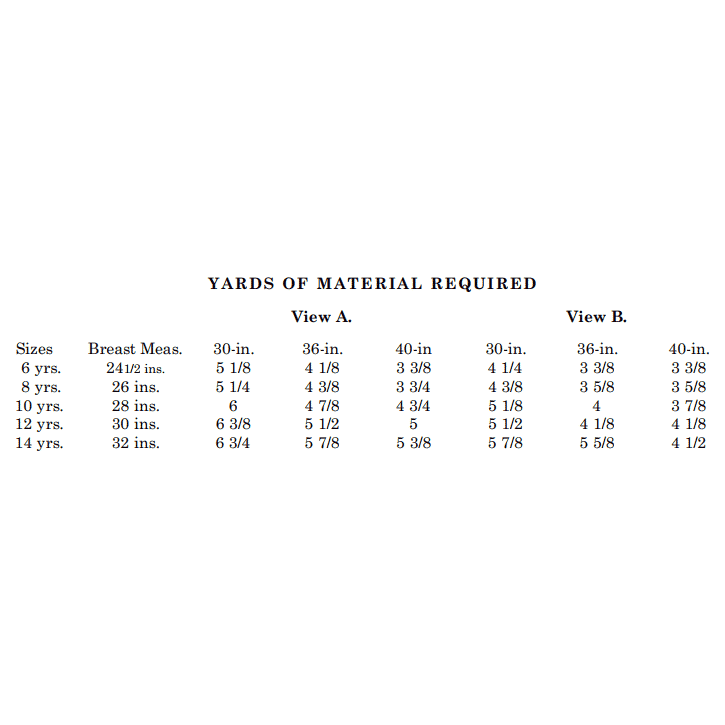
(Metric size sheet opens as a PDF in a new browser tab)
Preferred Vendors
Past Patterns works with vendors from all over the world to help us replicate the amazing articles of clothing. Now you can too!
Visit our preferred vendors page to order directly from some of our top recommended suppliers.
FAQ's
(Frequently asked questions)
Why are both Trowsers and Trousers listed on site?
Over the last 200 years, much like the human body, our style of language has changed. For vintage patterns, we attempt to use the language of the day where possible.
Can you grade (edit) a Vintage Revival pattern for my size?
please contact us with the specific pattern number and the specifications you require. We have staff available for this for an additional fee.
What sizes do Past Patterns patterns come in?
Our patterns, with some exceptions, are manufactured in sizes 8 through 26 for women and sizes 34 through 54 for men. Most patterns are multi-sized. For a complete listing of measurements in inches see the size chart.
Do you have vintage patterns (manufactured prior to 1950) that you want to sell?
we are always on the lookout for original, American designed, vintage patterns especially for categories outside of current items. We are interested if you have 1 pattern or 1000 patterns. Give us a call to discuss.
Why is my pattern size different from my off the rack dress size?
We use the U. S. Board of Standard Measurements to size our patterns. The ready made clothing manufacturers have their own set of sizes developed from their own statistics. For a complete listing of measurements in inches see the size chart.
How are the patterns packaged?
We package our patterns in two forms: Bond Paper and Tissue. Except for the Tissue patterns, each is slipped into a reusable plastic sleeve. Many contain documentation in the form of Historical Notes or the printer ie., Butterick. Because the patterns are printed in house to order, they can take from three to seven days. Tissue patterns, which are printed out of house, are available to ship immediately.
What does a Corset Kit contain in addition to the Corset pattern?
In addition to the pattern, the kits contain everything you need to make the corset except the thread. The kits contain, according to their type, fabric and lining, stays, clasp or busk board, back lacing, tape for finishing the edges, trim lace, ribbon, leather, tin stock, waist tape, punch and setter, eyelets, marking pencils, cording, reed and a loop turner.
Need a pattern in your language?
we can translate our instructions into just about any language
Have an old and incomplete Past Patterns item. What can I do?
The answer depends on if the pattern is still in production or not. If it is, please mail us the old pattern and we will ship you a copy of the latest pattern for a minimal fee along with normal shipping charges. If the item is no longer in production, we would need to know exactly what you have to determine the best course of action to help you.
What is the difference between a Past Patterns original pattern and a Vintage Revival pattern?
The Past Patterns originals were designed in house and based upon the research, disassembly and time of Saundra Ros Altman. These designs come from finds all over the United States reaching from San Diego, California to the Smithsonian Museum in Washington, DC. She created the initial patterns, the sizing charts and the instruction content. Many of the these patterns are multi-sized or are available in various sizes. For the most part, these designs are done taking into account the modern human body's shape, height and weight. The Vintage Revival patterns are traces or copies of an old, mass produced pattern; the first mass produced patterns came out in the 1850s. For the most part, you get exactly what came in the original package; in some cases, Saundra has appended historical notes to the instructions. The Vintage Revivals patterns, being copies of the originals, generally only come in one size and are based upon the size and shape of the human body from the era the pattern came from.
What software do you use to create patterns?
We utilize PW Studio for our designs. Isabelle Lott, a contributor over the years to Past Patterns, is the owner of the company and will be happy to answer an software related questions you have. Her software is available for licensing.
What measurements do I need to know to order a Corset Kit?
The bust and back length. The back length is measured from the prominent bone at the base of the neck to the natural waistline.
Where can I see the appropriate clothing fabrics for the 18th and 19th centuries?
You can see 1740 through 1940 fabrics in a book titled "Textile Designs" by Susan Meller and Joost Elffers. The subtitle states, "Two Hundred Years of European and American Patterns for Printed Fabric by Motif, Style, Color, Layout and Period and 1,823 Illustration in Color." What they don't say is that 90% of the swatches pictured are life size. The ISBN is 0-8109-3853-7. A second book is Wearable Prints, 1740-1860, History, Materials, and Mechanics by Susan W. Greene. The ISBN is 978-1-60635-124-6. Great books! Order it from your local library that has interlibrary loan capability if you cannot afford the price. There are now many sources for appropriate fabric through the Internet.
Where can I find antique patterns to purchase?
On the Internet try: "Patterns from the Past."
Need a pattern tomorrow?
we do offer expedited domestic shipping for extra fees. We can also expeditie international shipments but delivery dates overseas cannot be promised.
Becoming a Wholesalers of our patterns
We offer Wholesalers significant discounts that will allow both your and our businesses to flourish.
Why don't we sell PDFs of our patterns - First due to piracy. We have spent over 40 years creating and tracing these patterns along with researching them. We print and ship all of our patterns ourselves. If we started sending out PDFs, in no time, copies of our Intellectual Property would be all over the internet and we would be out of business. Second, some of our patterns are constantly being updated. We want our clients to get the BEST POSSIBLE version of our products.

